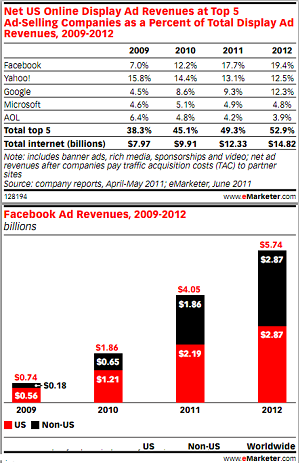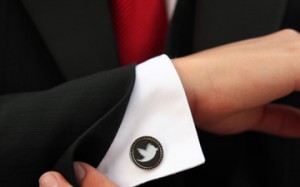By Neil Glassman
Research has found word-of-mouth marketing to be 8.5 and 30 times more effective than other types of promotions.
It works for two main reasons. First, it’s better targeted. We are highly unlikely to tell our friends about something in which they are not interested. Second, it’s more persuasive because the motivation of our friends is not to sell us something.
There are seven keys to making word-of-mouth marketing succeed, as identified by Wharton Assistant Professor of Marketing Jonah Berger.

- It advertises itself.
- It acts as social currency.
- It has practical value.
- It elicits emotions.
- It appeals to a common ground.
- It triggers action.
- It tells stories.
1. Advertises Itself
From yellow Livestrong wrist bands to Apple logos on Macbooks oriented towards those facing someone working on one, products can be designed to generate a public signal. Granted, it’s more difficult to see branding on a pair of socks than it is a shirt. People imitate those around them, so make consumption observable.
2. Social Currency
People want to be insiders and like to share that they are “In the know.” There is motivation to “self-display” when in the possession of something scarce or exclusive, like private club membership, the off-menu items at In-N-Out Burger or that one is a recipient of a Google+ invitation. “I will show you my value by giving this information to you.”
3. Practical Value
People are always seeking useful information. This is illustrated in a study by Berger [PDF] that finds dining, technology and education are the most shared topics on The New York Times website. An easy way, but not always the most appropriate way, to offer value to is offer a discount.
4. Emotion
When we care, we share. People are more likely to pass along information about a dog that needs adoption than a free couch. Negative emotions, such as anger, get shared, too, and research indicates that the higher the emotional arousal, the more likely one will react. Even a product as “flat” as Google Search has been presented in a commercial with a motivating emotional core.
5. Common Ground
Why might we find ourselves talking about sports or the weather when we first meet someone? It’s because we are finding a way to make a connection by conversing on a subject about which all in the conversation are knowledgeable. Parodies of celebrities and popular commercials are examples of ways to achieve this common ground. Brand marketers need to find a way to connect their product to something that resonates in their customers.
6. Triggered
Triggers have many forms. Temporal: Cheerios gets mentioned more online during breakfast time. Situational: People vote differently in a school than in a church. Associative: Peanut butter and [ ]? Stimuli in the environment can change what is accessible in the mind. New triggers can be created and frequency increased, such as is being attempted by the campaign by Hershey’s to associate its Kit Kat bar with coffee breaks.
7. Stories
People love to tell stories. The nutritional information of Subway sandwiches has far less interest than the story of Jared’s weight loss. Does Barclay Prime in Philadelphia expect to sell many $100 cheese steaks or is it a story to generate awareness of the restaurant?
Re-tweetables from the seminar:
- In the new network-centric communication model, there are not as many “stars” from whom influence emanates. It’s everyday people who influence.
- Just because someone has more friends or, on Twitter, followers, he or she is not necessarily more influential. Having more friends does not mean someone is more likely to share information with those friends.
- On Twitter, people with more followers tend to follow people with more followers.
- Craft valuable, contagious content.
- Facebook and Twitter are technologies, not strategies, for word of mouth.
 Follow
Follow





